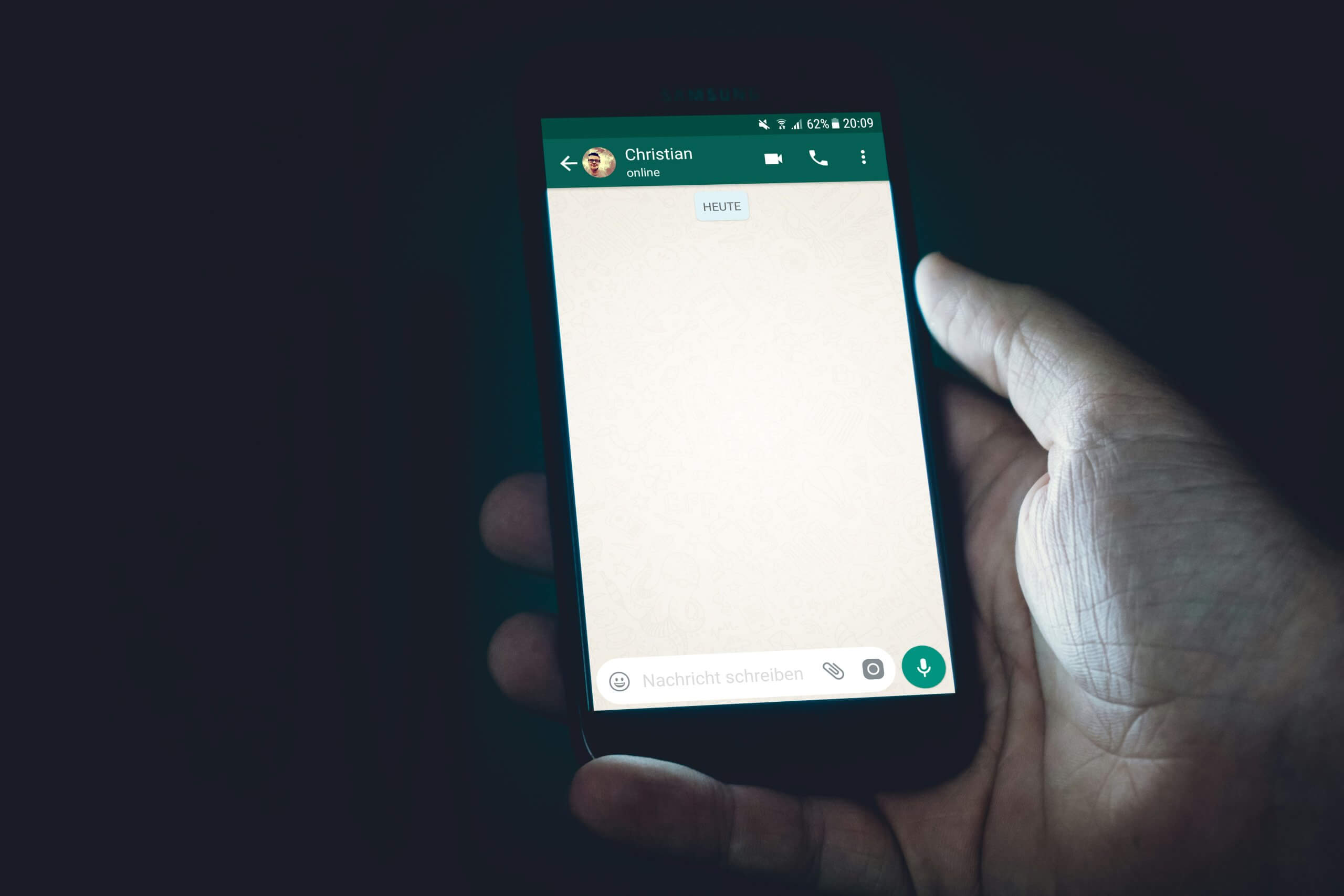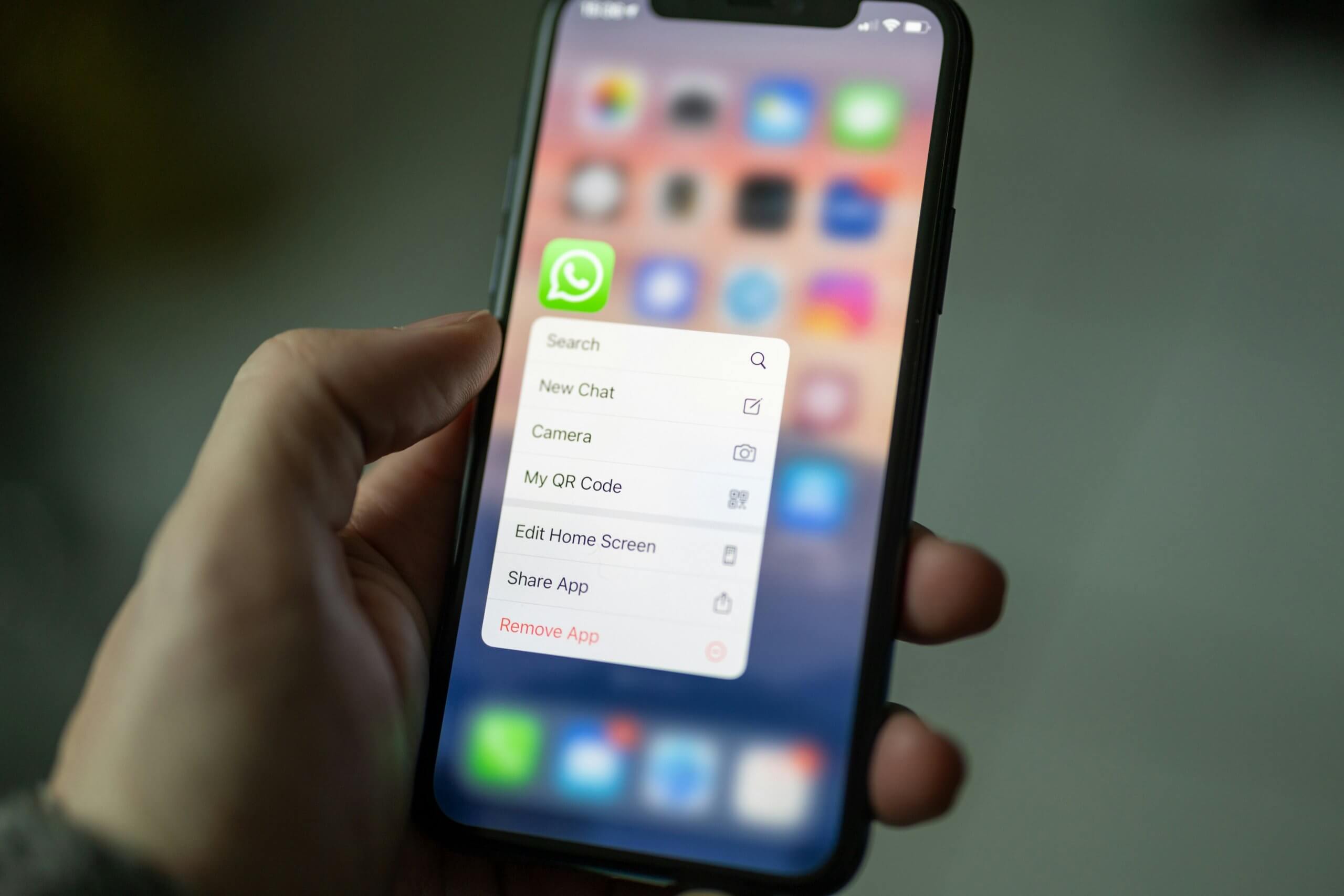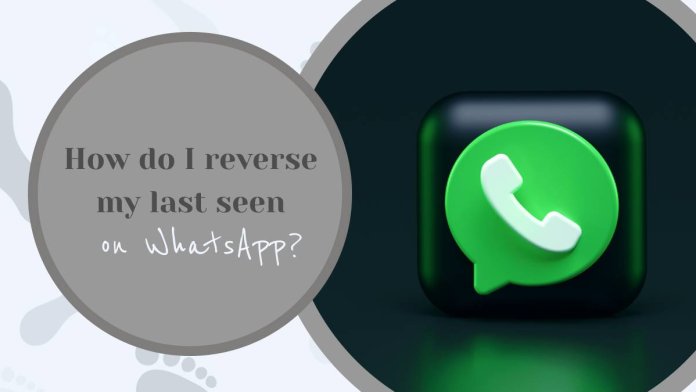In an age where digital communication reigns supreme, the little details of our online presence can often feel like a double-edged sword. While WhatsApp has transformed the way we connect with friends and family, its features—such as the last seen status—can sometimes lead to unintended pressure and scrutiny. Have you ever found yourself pondering whether your contacts are obsessively checking when you were last active? Or perhaps you’re simply craving a bit more privacy in your conversations? If so, you’re not alone.
Imagine this: it’s Friday night, and you’re cozied up on your couch with a movie instead of engaging in endless chats. You love staying connected but want to retain some control over your online footprint. Understanding how to reverse or hide your last seen status could be the key to reclaiming that sense of freedom without sacrificing communication altogether. In this article, we’ll explore effective strategies for managing your WhatsApp visibility, empowering you to enjoy conversations on your terms while keeping prying eyes at bay. Join us as we delve into the world of WhatsApp privacy settings and discover how small adjustments can lead to greater peace of mind!
What is Last Seen on WhatsApp?
Last Seen on WhatsApp serves as a digital timestamp, revealing when a user was last active on the platform. This feature can spark curiosity and sometimes even envy, as it lays bare our online habits. While some people appreciate the transparency it provides in communication, others yearn for privacy and feel exposed under its watchful eye. Your Last Seen status can influence how conversations flow; it acts almost like a social cue that indicates engagement—or lack thereof—with your contacts.
Moreover, cultural perceptions of Last Seen can vary significantly across different demographics and regions. In some societies, instant messaging plays an integral role in maintaining relationships, meaning Last Seen could either foster connection or create tension if one party feels ignored based on timestamps alone. This dichotomy showcases not only individual preferences but also broader societal attitudes toward connectivity and responsiveness in the age of instant communication. Understanding this nuance is essential when deciding whether to reverse your Last Seen settings—it’s about aligning your digital presence with how you want to interact with those around you.
![]()
Reasons to Reverse Last Seen Visibility
Reversing your Last Seen visibility on WhatsApp can empower you to reclaim control over your online presence. In an age where constant connectivity often leads to heightened expectations for immediate responses, taking a step back can be liberating. By hiding your Last Seen status, you create a buffer that protects your mental well-being, allowing you to respond at your own pace without the pressure of being available 24/7. It fosters a more intentional use of the app, transforming it from a source of stress into a tool for meaningful communication.
Additionally, adjusting this feature can enhance personal boundaries within both professional and social circles. Many users find themselves bombarded with messages or pressured by peers who assume they’re always reachable due to visible activity indicators. This simple act of reversing Last Seen allows for clearer communication cues; people understand that you’re not obliged to reply instantly and should respect each other’s time. Ultimately, embracing this small change cultivates healthier interactions that prioritize quality over quantity in conversations—freedom lies in prioritizing genuine engagement over perpetual availability.
Step-by-Step Guide to Change Settings
To reverse your last seen on WhatsApp, begin by launching the app and navigating to the settings menu. Tap on the three dots in the upper right corner of your screen for Android devices, or select “Settings” directly from the bottom tab if you’re using an iPhone. Once there, go to “Account,” then select “Privacy.” Here, you’ll find various settings that not only allow you to adjust who can see your last seen status but also manage other visibility options like profile photo and about information.
Choosing who can see your last seen status is a critical step in regaining control over your online presence. You’ll have three choices: Everyone, My Contacts, or Nobody. For those looking for an optimal privacy balance, selecting My Contacts Except… lets you exclude specific individuals while still sharing insights with most of your social circle—an ideal choice to empower discretion without complete isolation. After making adjustments, remember to double-check all related settings; sometimes even small oversights can lead to unintended visibility. With just a few simple taps, you’ll be able to navigate WhatsApp’s labyrinth of privacy features confidently and expressively shape how you’re perceived in digital conversations.

Using Privacy Settings Effectively
Navigating the intricate web of privacy settings on WhatsApp can feel daunting, but mastering these features enables you to control your digital footprint with ease. Start by considering which aspects of your account you’d like to remain hidden. For instance, customizing who can see your Last Seen status isn’t just about privacy; it’s a statement about setting boundaries in a world that often expects immediate responsiveness. By allowing only select contacts or disabling this feature entirely, you gain not just anonymity, but also peace of mind.
Additionally, take advantage of the “Read Receipts” feature—often referred to as the blue ticks—to regain some autonomy over how conversations are perceived. When turned off, you create space for more authentic communication without the pressure of instant replies. This small shift in settings can drastically alter how interactions unfold and offer a refreshing escape from constant notifications. Ultimately, using these privacy tools effectively invites a more intentional way to engage with friends and family while protecting your own mental well-being amidst the chaos of modern connectivity.
Alternatives to Hiding Last Seen
While hiding your last seen on WhatsApp can offer a sense of privacy, there are other strategies you might consider to maintain your desired level of confidentiality. One effective alternative is using the app in “Airplane Mode.” By enabling this feature, you can browse your messages and send replies without notifying others of your active status. Once you’re finished, simply turn off Airplane Mode to send messages without revealing when you were last online.
Additionally, consider the power of selective engagement. Instead of entirely concealing your activity, adjust who can see your last seen updates by customizing privacy settings for specific contacts. This way, you can remain accessible to close friends or family while keeping a safe distance from those who may misinterpret your availability or engage in unwanted conversations. Embracing these methods not only allows for better control over your digital presence but also promotes healthier communication habits in an increasingly connected world.

Impact on Communication with Contacts
The way we communicate with our contacts is significantly influenced by features like WhatsApp’s last seen status. This simple timestamp can shape perceptions of availability and responsiveness, creating a ripple effect on personal relationships. When someone sees your last active time, they may interpret it as an invitation or dismissal, leading to misunderstandings based on timing rather than intent. By reversing this setting, users gain control over their online persona and can reduce the pressure to respond instantly.
Moreover, disabling the last seen feature cultivates a new kind of authenticity in communication. It encourages deeper conversations that transcend the superficiality often associated with immediate replies. Friends and family might engage more meaningfully when they concentrate less on quick responses and focus instead on substance. In an age saturated with notifications demanding attention every moment, reclaiming that privacy allows for conversations that feel more genuine and less transactional—transforming how relationships are built and maintained in the digital realm.
Conclusion: Taking Control of Your Privacy
In a digital landscape where personal information is often considered currency, taking control of your privacy has never been more essential. The steps to reverse your last seen status on WhatsApp serve as a microcosm of the broader fight for digital autonomy. Your online presence can significantly shape how you are perceived and interacted with, so it’s empowering to assert boundaries that resonate with who you truly are.
Moreover, understanding the nuances of privacy settings fosters a sense of agency over your data. Each tweak and selection you make reflects not just a desire for anonymity but an affirmation of self-worth in what can often feel like a voyeuristic world. As you navigate these choices, consider fostering awareness about privacy among friends and family – after all, knowledge is viral in this interconnected age. By sharing insights on features like last seen and other settings, you help create an environment where everyone feels empowered to prioritize their own privacy confidently.
